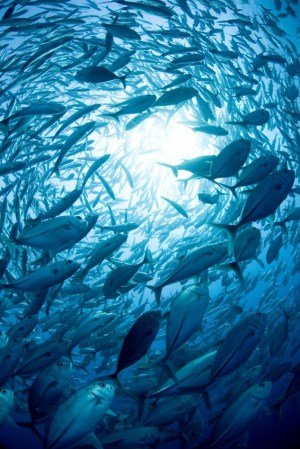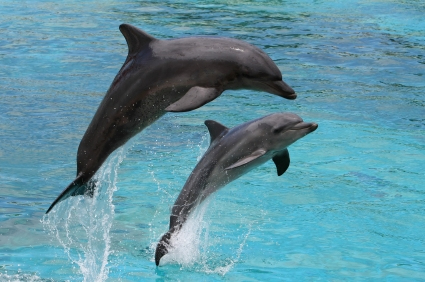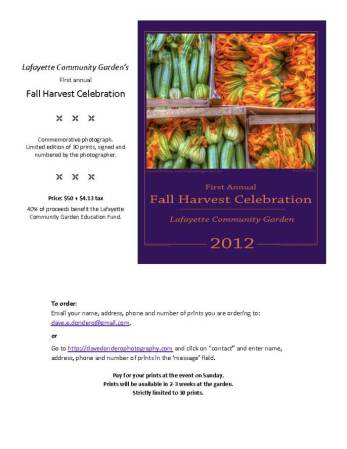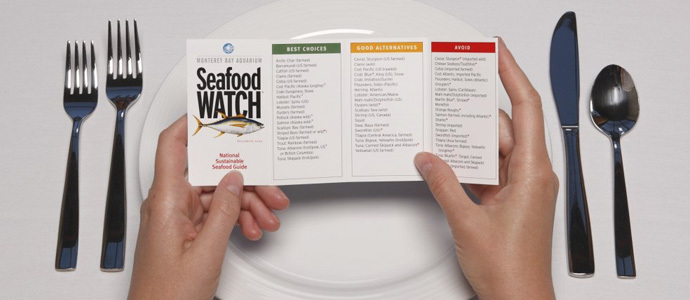So you’ve been wondering how to save the world’s sea life from being fished to extinction. And maybe you’ve been wondering where to invest some money, what with interests rates practically underwater.
Do I have an answer for you!
Some investors have launched a contest – with real cash prizes – to encourage people in the global fishing industry (which, by the way, annually amounts to some $390 billion) to create ways to make the industry sustainable. Translation: how not to kill the goose that laid the golden egg.
Personally, my contribution to this problem is simply not to eat fish (or any other seafood or landfood animals), but since millions of people do eat fish, I think the story is worth sharing.
The contest is called Fish 2.0 and those who enter get to rub elbows with venture capitalists looking to fund creative ideas at a two-day event this coming November. I’ve been to a similar event held by Slow Money, where creative food entrepreneurs got to pitch their ideas to moneyed folks, and it was inspiring to see ideas that could help the environment develop in front of my eyes.
David Bank, one of the organizers, explains it in more detail in this Huffington Post blog. Fish 2.0 isn’t the only such initiative: the David and Lucile Packard Foundation offers Future of Fish, which also helps entrepreneurs, such as Robert Terry of Palo Alto, whose startup is developing fishing gear that could reduce bycatch (killing sea creatures –including dolphins and turtles –that the fishers don’t want and throw back into the sea dead or dying).
It’s encouraging that some people are seeing the danger and making (and investing in) long-term plans to save the sea life of the world.







